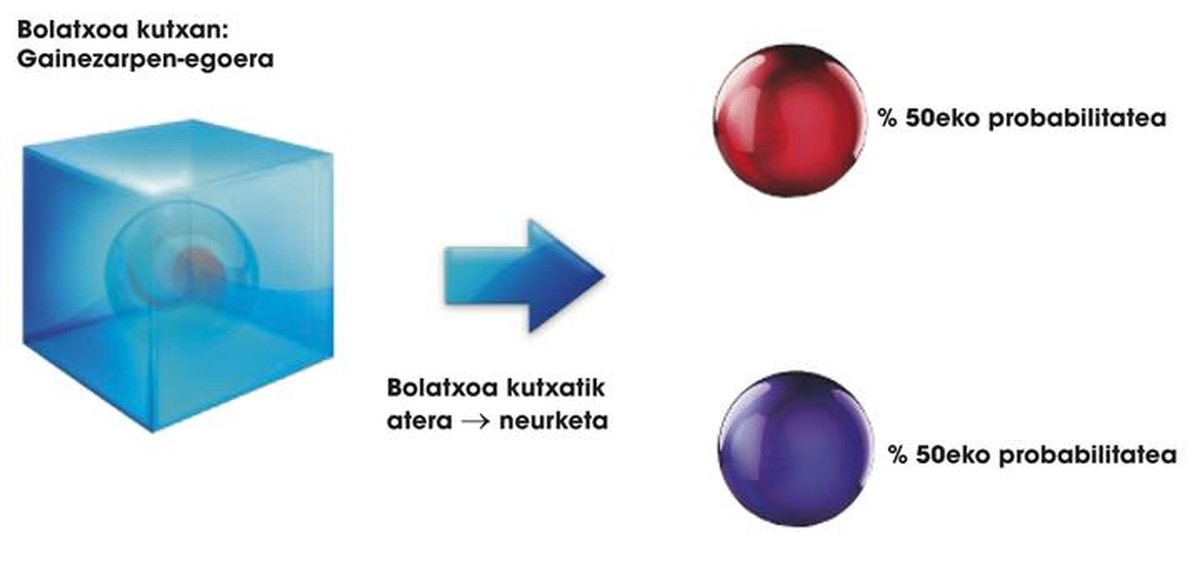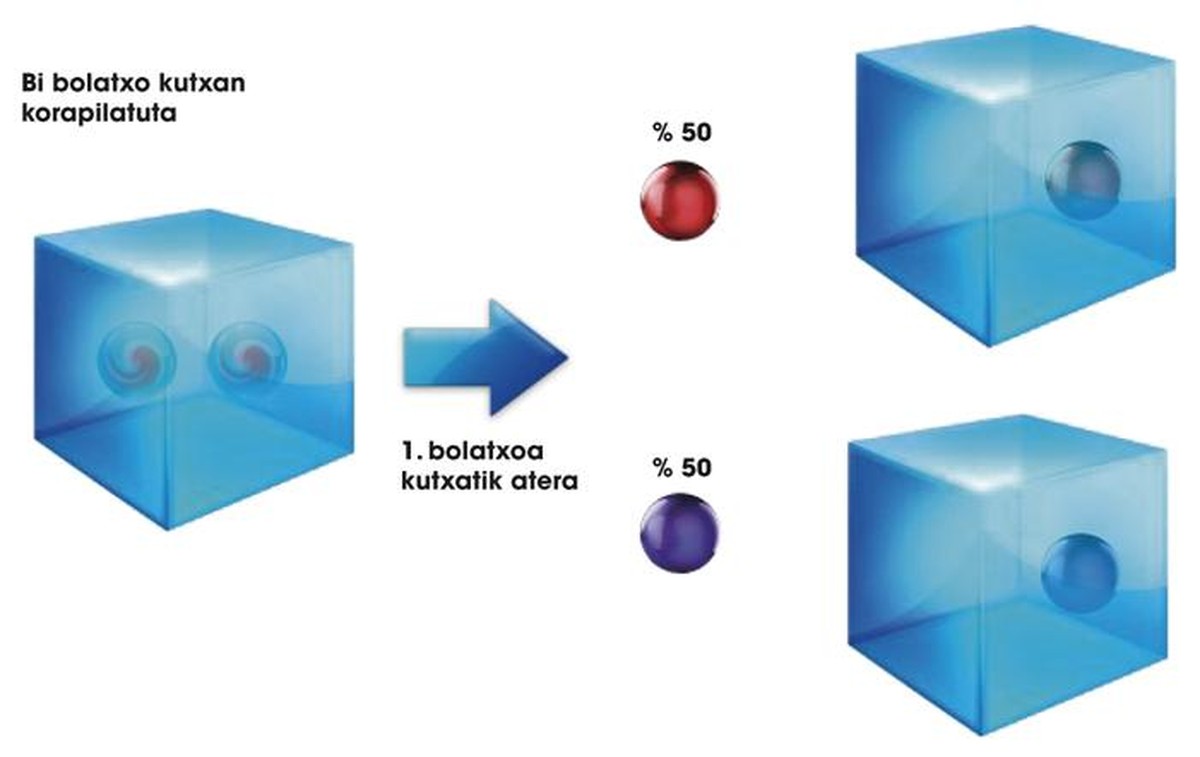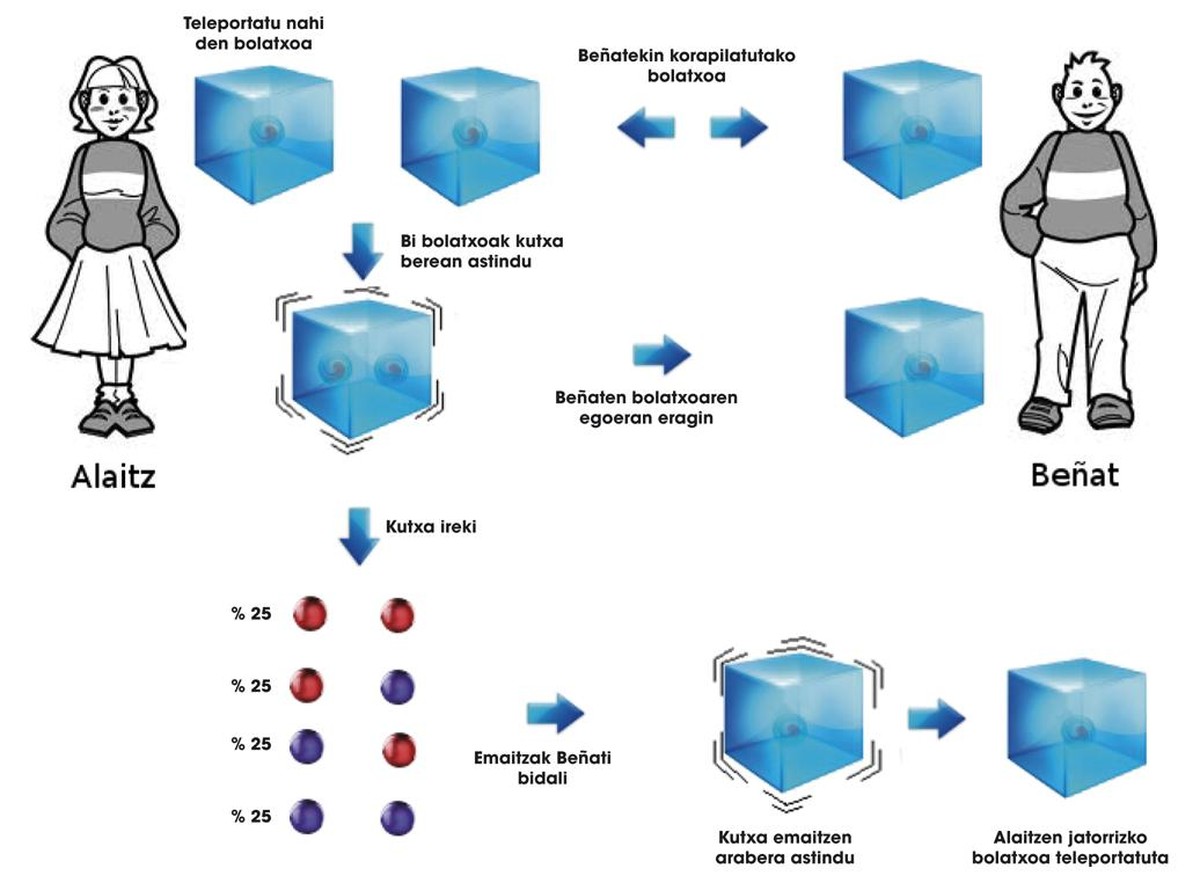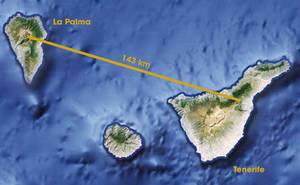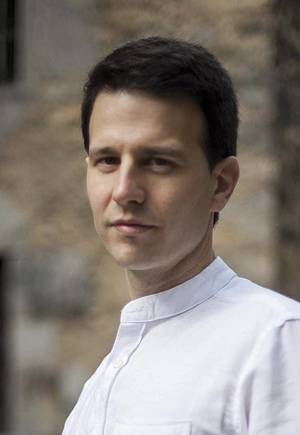When fiction becomes a reality
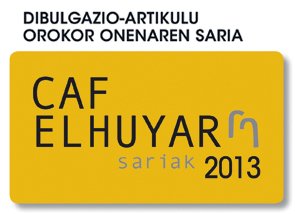
Quantum, always quantum
The scientific idea that is closer to the type of teletransport we have seen in series such as Start Trek is quantum teletransport, whose aim is to transport a quantum system from point A to point B, without any type of support or physical channel. But to understand all this correctly we have to explain some of the bases of quantum physics. Don't be afraid! Because we will do it in a very simple way.
Boxes and balls
When we talk about quantum systems we talk about concepts like atoms, electrons, protons, or photons. To facilitate things, quantum systems will be special balls stored in special boxes. These balls can have two colors: red | G> or blue | U>. The first peculiarity of these balls is that, while they remain inside the box, they can be in a state of combination of | G> and | U> colors:
a | G> + b | U>
where a and b are two real numbers. Its meaning is simple: they indicate the probability of the color that the ball will have when leaving the box. That is, if a ball is in state 0.5 | G> + 0.5 | U>, when the box is opened the probability of having | G> is 50%. In quantum this ownership of the balls is called the property of superposition. This leads us to another special law: the balls inside the box can be in a state of overlap, but when we open the box they can only be | G> or | U>. There is no overlap out of the box. The quantum synonym of box opening is the measurement, where the overlap state of the balls is cancelled (see figure 1).
However, the boxes are not only used to save balls. If you shake the box differently, we can change the state of the ball, for example by changing the proportions of the combinations. The equivalent of agitation is quantum operations. There are many types and we will not go deeper. For the moment, he thinks that agitating the box we are able to perform the operations we want.
To end with this section, we must mention another peculiarity of our boxes and balls. If we place two balls in the same box and shake the box, we can crown the balls together. Thus, stirring the Ball 1 and the Ball 2 in the same box, we can get the status 0.5 | G 1 G 2 > + 0.5 | U 1 U 2 >. In Quantum, this situation is called complicated, since the two balls are complicated. In this situation, if we only leave the box 1 and see that it is in state | G>, we already know that without having to leave the box, the ball 2 will be in state | G> (see figure 2). Note that this is not possible if the two balls are in two boxes, even if they are overlapping. In this case, if the first ball comes out and | G>, the second ball can be | G> or | U>. There is no relationship between the two.
There are many studies that are being carried out on difficulties. After complicating two balls, they remain complicated until a measurement is performed, although the distance between them is very large. Whatever the distance, the measure in a ball acts sharply on the other ball and changes its state even if we have not touched it. We still do not know why and how it is complicated, but we are already able to use it. As you can imagine, it is the key to getting teletransport.
Quantum Telyreport
We have two good friends, Alaitz and Beñat, and one day together they decided to complicate two balls. After the entanglement, each took his ball in a special box, without ever looking at the ball. Thus, when each one moved to his home, the two balls were still tangled, despite being away.
Alaitz has another ball in his house, put in another box, in an unknown state of overlap. Alaitz, a lover of challenges, thinks: "How can I send Beñat the new ball in the situation where he is without moving from home? ". You cannot remove the ball from the box, since in this case it would change its natural state to | G> or | U>. He wants to send the ball to Beñat in his natural state, that is, a | G> + b | U> in superposition situation. Alaitzena seems like a difficult challenge, right?
But since Alaitz is an intelligent girl, she finds a solution. The ball he wants to send to Beñat puts it in the same box with which he already had tangled with Beñat. Remember that Beñat has his ball kept in his house. Alaitz performs several operations in the two balls he has in his hands, shaking the box in a special way. As a result of the entanglement, these operations also affect the Beñat ball, and Alaitz also knows its influence. Therefore, he opens the box to know the state of his two balls. The balls can be in state | GG>, | GU>, | UG> or | UU> respectively. According to the result, Alaitz knows the state of the Beñat ball. Surprisingly, after Alaitz's operations, these possible situations are a | G> + b | U>, a | U> + b | G>, a | G> - b | U> and a | U> - b | G>.
So Alaitz, as soon as he sees his two balls, calls him Beñat and tells him how he waves the box of his ball to get the ball that Alaitz wants to send. Quantum has shown us that, knowing how to hit the box, of the four situations we have presented, you can get the original state of the Alaitz ball. The described process can be seen in figure 3. At the end of the process, the starting ball of Alaitz has been audited at Beñat's home!
Is quantum teletransport the teleport of our dreams?
The brief answer to this question is negative. According to current physics, you can't get something like the teleport of Star Trek. Why? What are the differences between quantum teletransport that we have just seen and that of Star Trek?
1. Between Alaitz and Beñat have never moved balls: The state of the initial ball of Alaitz has been copied to the ball of Beñat, but there has been no transport of matter.
2. Quantum teletransport is not instantaneous. To make the teleport happen, Alaitz must inform Beñat of the situation of his two balls by phone, email or shouting. This communication can occur at the maximum speed of light but not at speed. Therefore, the quantum teloreport needs a time to be carried out and cannot overcome the speed of light.
Despite the problems, it seems that, at least theoretically, we can get a person to teleport. But consider the technical difficulties:
1. To carry a telework ball we have to have another on arrival (Beñat ball). Therefore, we have to have other particles in the goal of the person we want to teleport.
2. Operations and measures should be carried out taking into account all the properties of a person's particles. In the case of balls, we have only mentioned color, but quantum particles have many properties.
3. We should send all the information of these millions of measures at destination using the usual communication channels.
That's just the beginning. In Quantum it has already been seen that it is very difficult to keep the knot between two particles, which must be isolated from the world. Therefore, although it is not entirely despised, we can consider it almost impossible for a person to teleport. Also, and going on to a more philosophical sphere, is it the same person that we have teleported like this? In short, we have copied the information of a person to other matter particles. We leave the question in the air.
However, with current technology, photons and some atoms have already been teletransported. In the case of photons, teladrinalization was achieved between the islands of Tenerife and La Palma, imposing a record of 143 km (see figure 4). The explanations for this experiment were published in the prestigious journal Nature in 2012. In 2009, researchers from the University of Maryland managed to teleport an atom at a short distance.
Teletransport today and tomorrow
We dominate quantum teletransport at a theoretical level: the properties of it are known, we know how to do it and we know its limitations. Technologically, very important steps have also been taken, as we have explained. We are convinced that in the future we will be able to teleport longer distances and greater amounts of information, but where is the limit? Who knows.
The quantum telreport will be a very important technology in the future. Essential in quantum cryptography, it will be one of the keys in the future for obtaining quantum computers. Surely it will be used in applications that we cannot now imagine, which in principle existed only in the sphere of fiction.
In Euskal Herria we have the honor of being a group of leading researchers in these topics. The Quantum Technologies for Information Science1 group, by Dr. Enrique Solano, who came from the hand of Ikerbasque to Leioa, already enjoys great international prestige. An example of this is the article published in the journal Nature in 2010.
Here and there, researchers will give us a new knowledge about our fascinating world. The quantum telyreport opens new doors to us, but no one can know what will be behind them. As Pedro Miguel Etxenike says, new knowledge increases ignorance, since each answer raises a thousand new questions.
Bibliography Bibliography Bibliography
Buletina
Bidali zure helbide elektronikoa eta jaso asteroko buletina zure sarrera-ontzian




